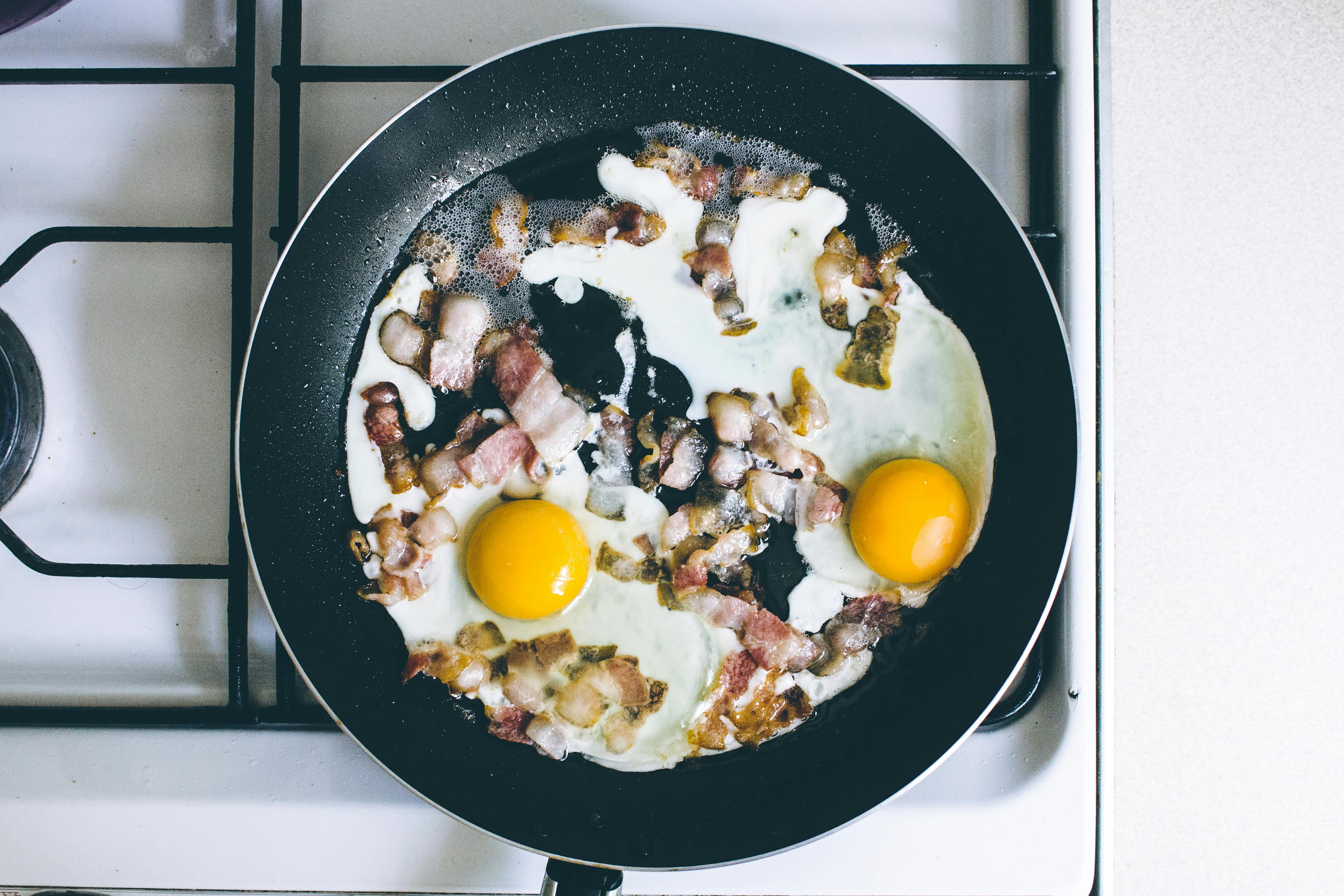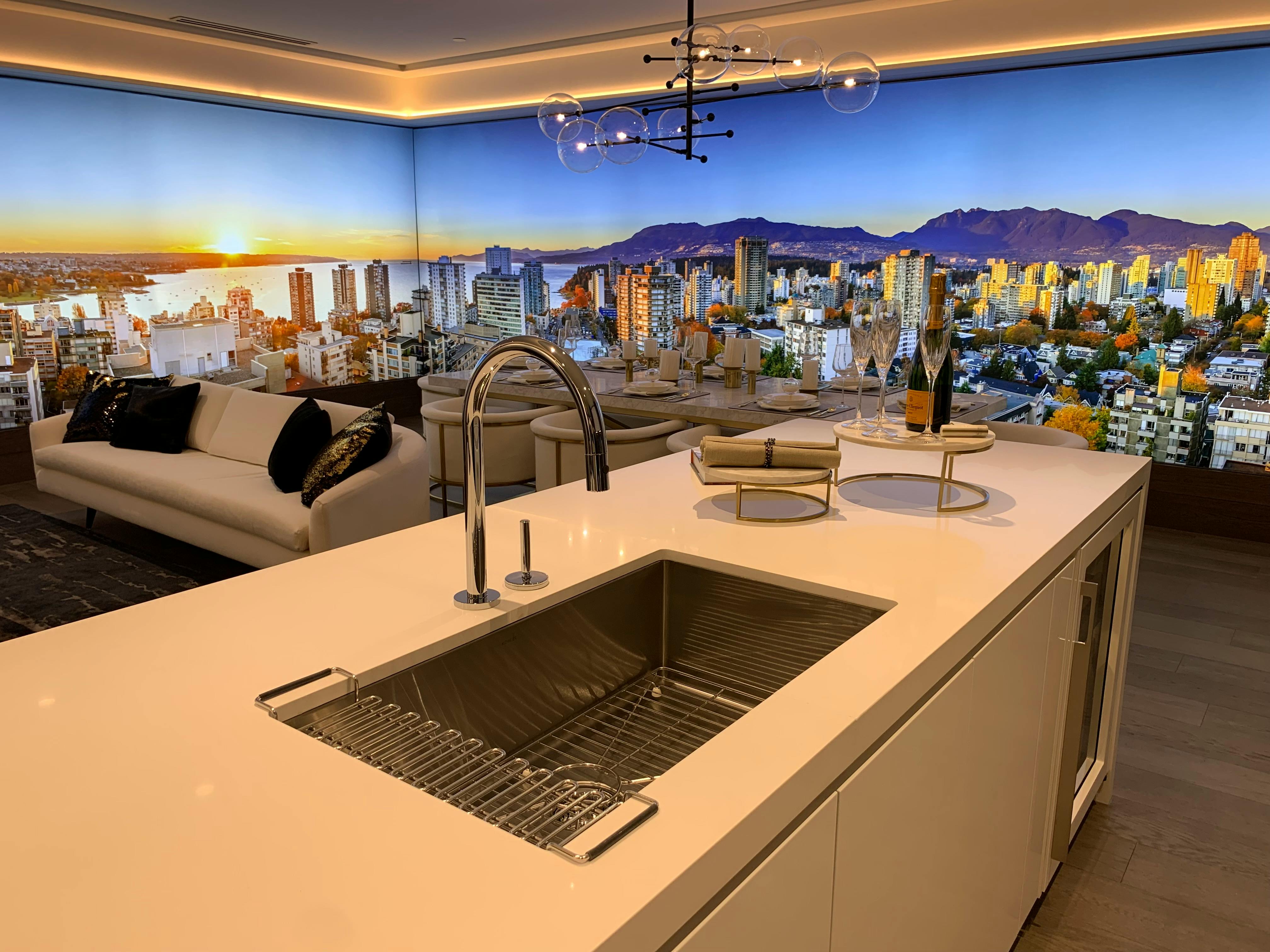Decorative chrome plating (as opposed to hard chrome plating used in industrial applications) is the technique of electroplating a very thin layer (millionths of an inch) of chrome onto a metal object. Because the chrome layer is incredibly thin, chrome parts are always plated with nickel first, and then the chrome is plated over the nickel. The nickel plating provides the smoothness, much of the corrosion resistance, and most of the reflectivity, while the thin layer of chrome adds a bluish hue, protects the underlying nickel from tarnishing, and minimizes scratches. Listed below are some of the advantages and disadvantages of chrome plating.
Advantage:
Looks great! Chrome parts have a true mirror finish with a slight blue tint. For many, this look is quintessentially cool.
Being a hard metal, chrome is resistant to scratches and swirl marks, so it should look great for years to come.
Because it is a hard metal, it is also easy to care for. You can wash and polish it without worrying about scratching it. Also, as the chrome layer provides a protective barrier for the underlying nickel, rust and corrosion should not be a problem.
Cons:
Chrome is expensive as hell. Plating a 21″ motorcycle tire can cost up to $500.
If the chrome is scratched or damaged, it is not possible to treat the problem; the entire piece must be stripped of its coating (about $100, usually) and then replated. So if some sucker hits your bike and scratches your pipes or a rock out of nowhere hits your chrome bumper, you have to live with it or part with a hefty sum.
Worse yet, if your chrome plating takes enough damage to get through the nickel, you will have serious problems with corrosion, as the electrochemical reactions of the plating process can force the underlying metal to corrode more quickly.
Chrome keeps the heat. Not a big deal for a wheel, but take the chrome off your alternator and you’re asking it to fail.
Plating adds metal. If tight tolerances have to be adhered to, then chrome plating can be a problem as it adds metal on metal. With an exhaust this may not be a problem, but if you want to plate your gun, those extra millimeters of metal in the slide can inhibit its ability to move freely along the rails, which can lead to jamming and even a possible explosion.
Because plating adds metal, it also adds weight. This can be a problem depending on the amount of chrome done and the type of parts involved.
Is high polish a viable alternative to chrome plating?
High polishing is the technique of using abrasive wheels and compounds to achieve a mirror finish on metal surfaces.
By polishing the metal until it is microscopically smooth, light is reflected back to the eye instead of being refracted by the microscopic incongruity on the metal surface. It’s like the difference between looking into a pool of still water and looking into rippling water. What the high polish does is soften the waves so that the light reflects back towards you, thus showing off your reflection.
Advantage:
It looks great too! High polish can also produce a true mirror shine, but unlike chrome plating, there is no bluish tint, but rather a pure white shine.
High polish is economical. The 21″ wheel that may cost $500 to plated will only cost about $100 to polish.
Unlike veneered parts, a scratch or dent in a polished part can be repaired for minimal cost and made to look like new again.
Everything that is silvered is polished first. To achieve a perfectly smooth finish with a plated part, the metal must be perfectly smooth (no scratches or dents) before plating; otherwise all of these imperfections will show through the veneer. So you have the option to polish your pieces and then take a look. If you like the results, then perhaps the minor maintenance required with polished parts will make it worth saving the hundreds or thousands you’d pay for plating. Otherwise, your pieces are already polished, so it should be less expensive to silver them, if you so choose.
Cons:
Unlike chrome parts, highly polished parts tend to scratch. You need to be very careful when washing and polishing your highly polished parts, as a single grain of sand or dirt on your towel can leave your part covered in swirl marks. However, there is the option of applying a clear coat of powder paint, which will seal and protect the finish.
Because highly polished parts do not have the protective coating of chrome, they require maintenance to keep their finish looking like new. The porosity of aluminum, for example, opens it up to oxidation, so you should always wax polished aluminum after washing it. This will help prolong its shine. Once again, powder coating your parts after polishing will protect them from corrosion.
As you can see, there are definite advantages and disadvantages to both chrome and high polish. I hope this information helps you make a more informed decision when choosing between them. If you choose to have your pieces highly polished, please take a moment to visit our site at http://www.RKPolishing.com and view some samples of our work.


